Details of the Target
General Information of Target
| Target ID | LDTP07984 | |||||
|---|---|---|---|---|---|---|
| Target Name | Charged multivesicular body protein 1b (CHMP1B) | |||||
| Gene Name | CHMP1B | |||||
| Gene ID | 57132 | |||||
| Synonyms |
C18orf2; Charged multivesicular body protein 1b; CHMP1.5; Chromatin-modifying protein 1b; CHMP1b; Vacuolar protein sorting-associated protein 46-2; Vps46-2; hVps46-2 |
|||||
| 3D Structure | ||||||
| Sequence |
MSNMEKHLFNLKFAAKELSRSAKKCDKEEKAEKAKIKKAIQKGNMEVARIHAENAIRQKN
QAVNFLRMSARVDAVAARVQTAVTMGKVTKSMAGVVKSMDATLKTMNLEKISALMDKFEH QFETLDVQTQQMEDTMSSTTTLTTPQNQVDMLLQEMADEAGLDLNMELPQGQTGSVGTSV ASAEQDELSQRLARLRDQV |
|||||
| Target Bioclass |
Other
|
|||||
| Family |
SNF7 family
|
|||||
| Subcellular location |
Cytoplasm, cytosol
|
|||||
| Function |
Probable peripherally associated component of the endosomal sorting required for transport complex III (ESCRT-III) which is involved in multivesicular bodies (MVBs) formation and sorting of endosomal cargo proteins into MVBs. MVBs contain intraluminal vesicles (ILVs) that are generated by invagination and scission from the limiting membrane of the endosome and mostly are delivered to lysosomes enabling degradation of membrane proteins, such as stimulated growth factor receptors, lysosomal enzymes and lipids. The MVB pathway appears to require the sequential function of ESCRT-O, -I,-II and -III complexes. ESCRT-III proteins mostly dissociate from the invaginating membrane before the ILV is released. The ESCRT machinery also functions in topologically equivalent membrane fission events, such as the terminal stages of cytokinesis and the budding of enveloped viruses (HIV-1 and other lentiviruses). ESCRT-III proteins are believed to mediate the necessary vesicle extrusion and/or membrane fission activities, possibly in conjunction with the AAA ATPase VPS4. Involved in cytokinesis. Involved in recruiting VPS4A and/or VPS4B and SPAST to the midbody of dividing cells. Involved in HIV-1 p6- and p9-dependent virus release.
|
|||||
| Uniprot ID | ||||||
| Ensemble ID | ||||||
| HGNC ID | ||||||
Probe(s) Labeling This Target
ABPP Probe
| Probe name | Structure | Binding Site(Ratio) | Interaction ID | Ref | |
|---|---|---|---|---|---|
|
C-Sul Probe Info |
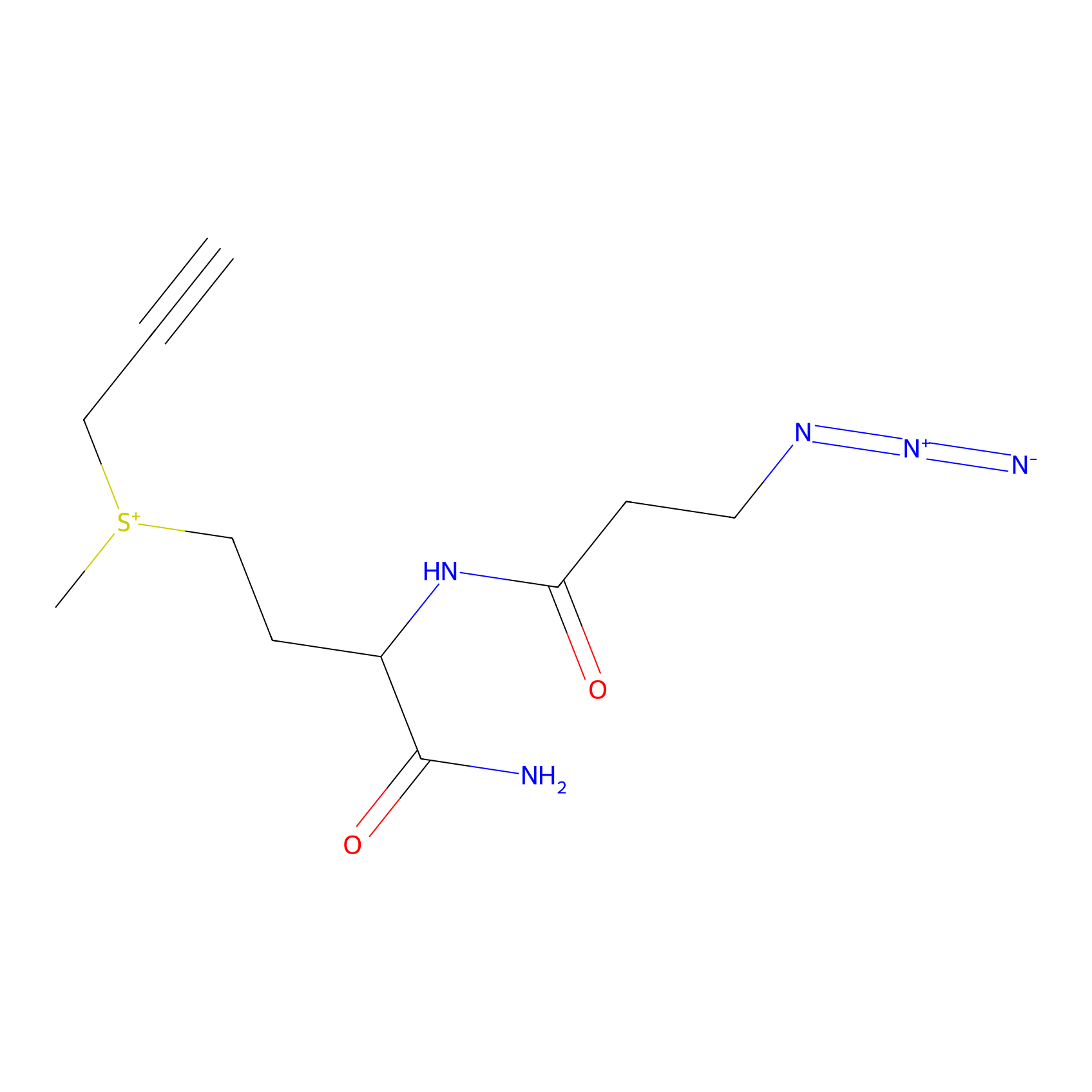 |
9.79 | LDD0066 | [1] | |
|
FBP2 Probe Info |
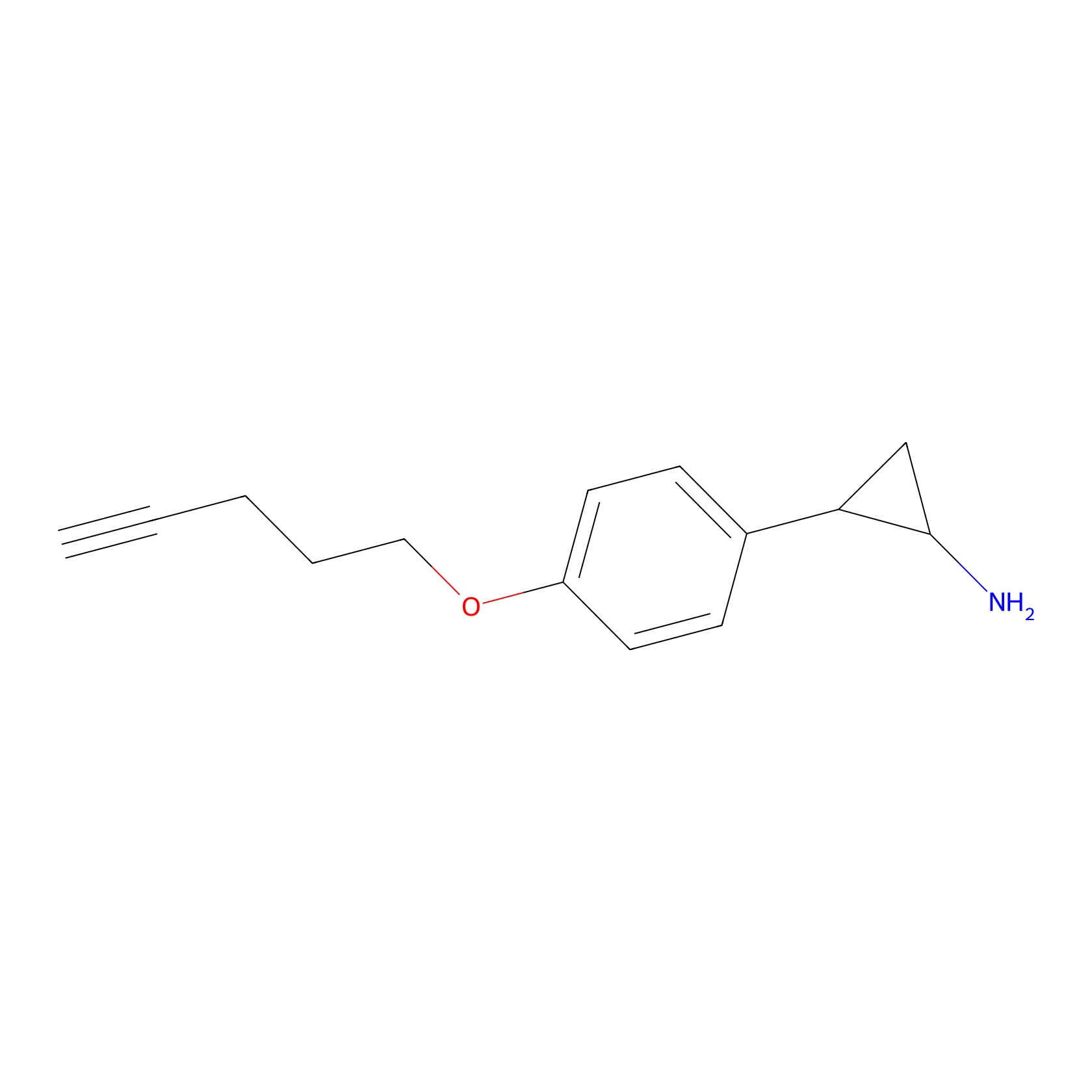 |
6.41 | LDD0323 | [2] | |
|
STPyne Probe Info |
 |
K16(10.00); K42(6.18); K90(4.19); K97(9.08) | LDD0277 | [3] | |
|
IPM Probe Info |
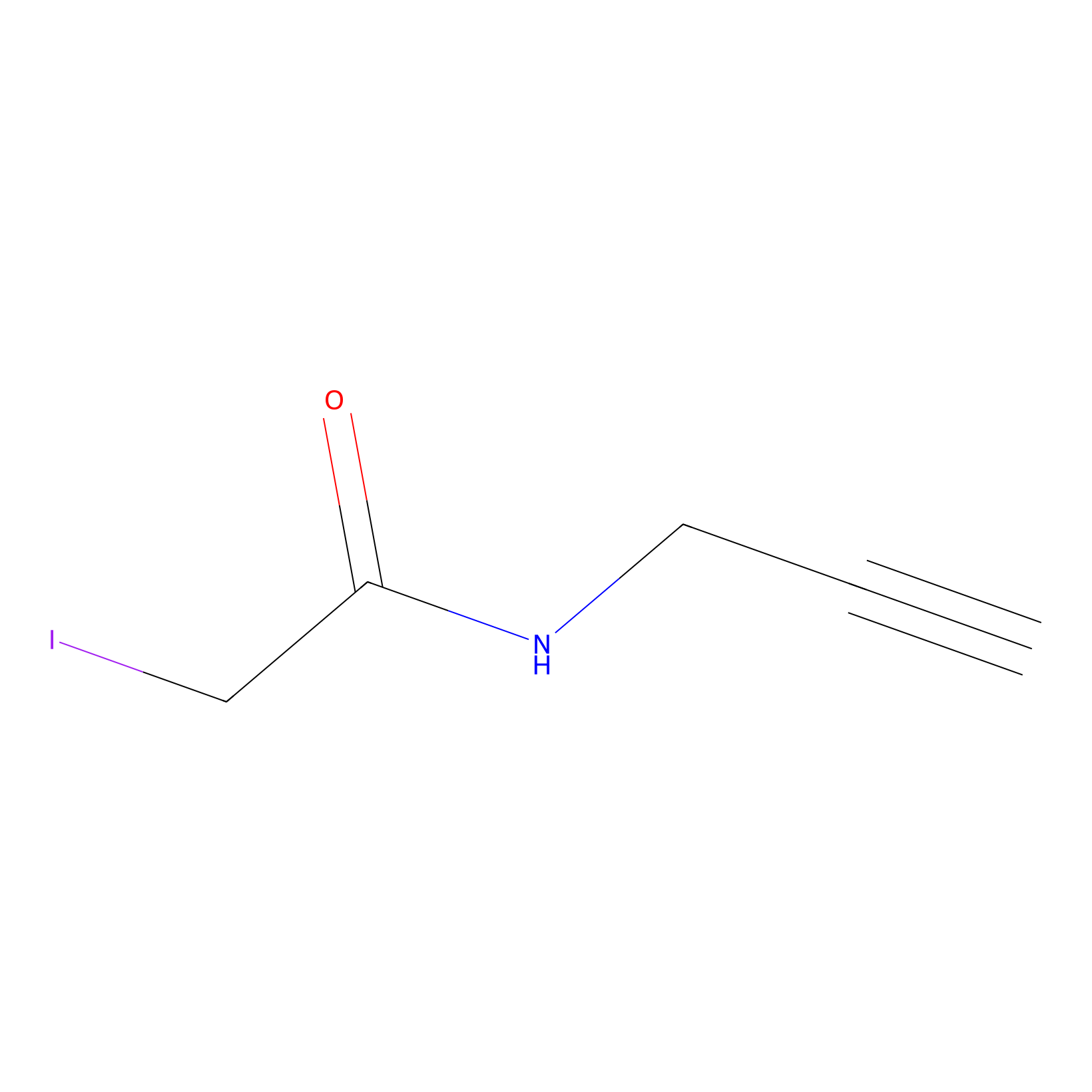 |
N.A. | LDD0241 | [4] | |
|
BTD Probe Info |
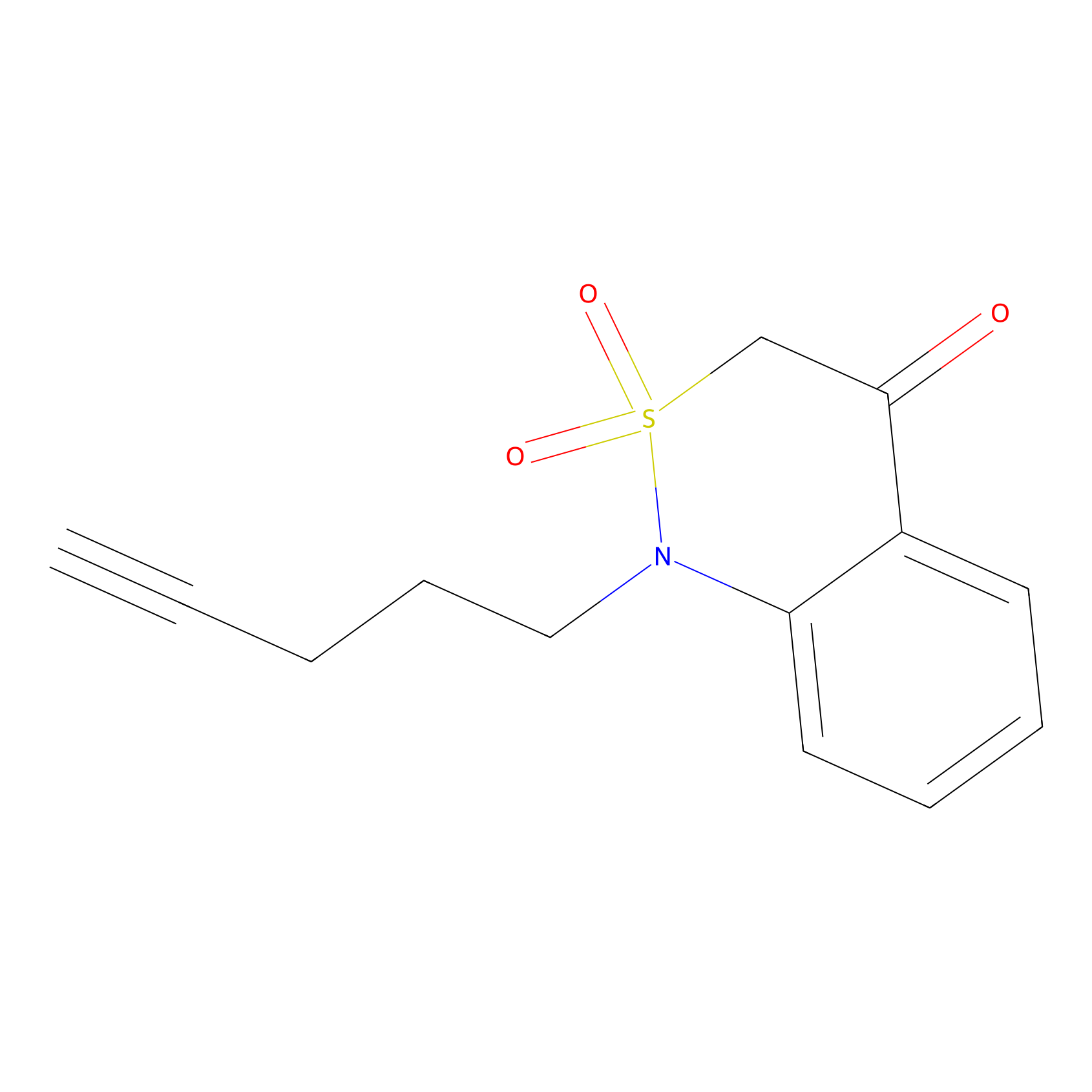 |
C25(2.46) | LDD2094 | [5] | |
|
ATP probe Probe Info |
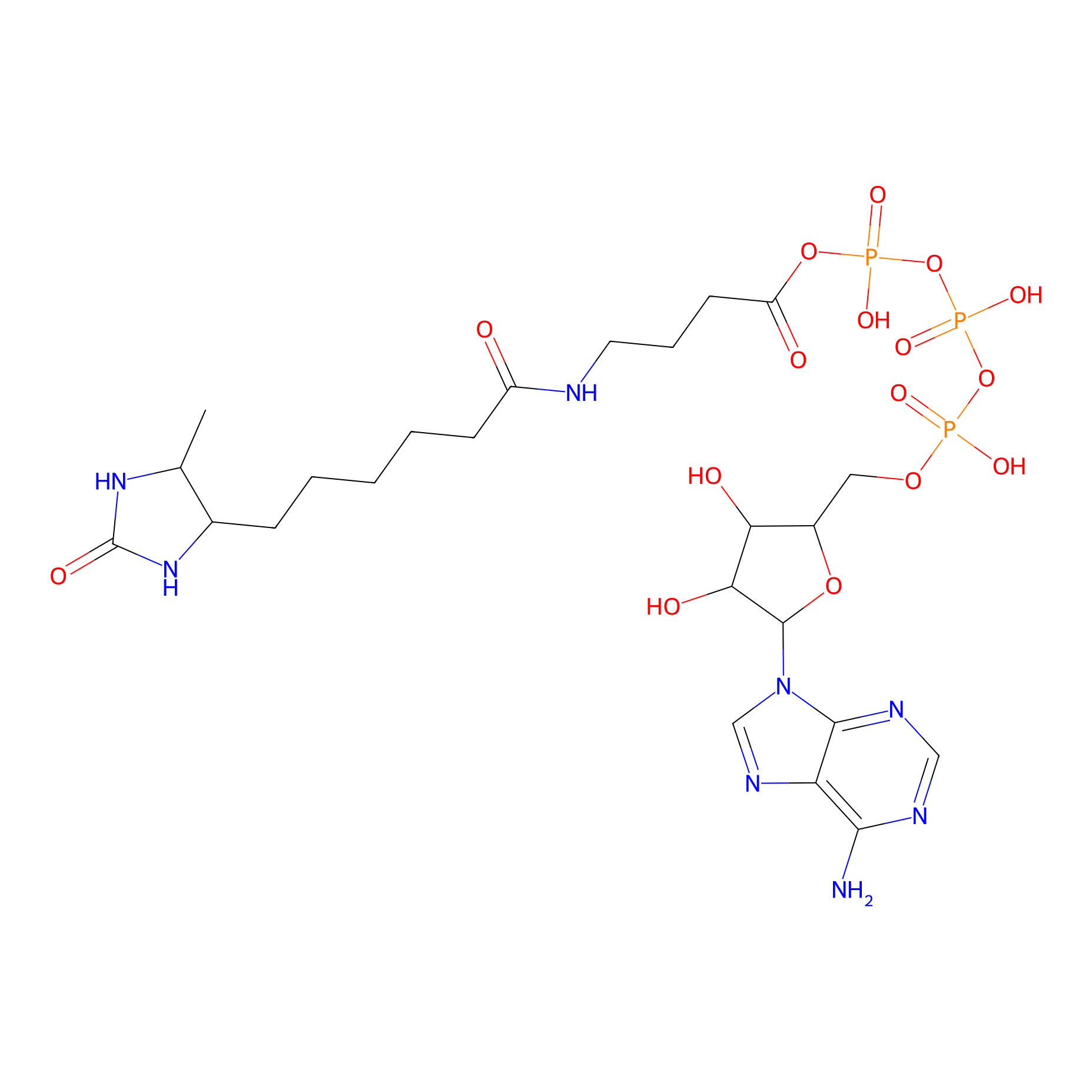 |
N.A. | LDD0199 | [6] | |
|
IA-alkyne Probe Info |
 |
N.A. | LDD0162 | [7] | |
|
Lodoacetamide azide Probe Info |
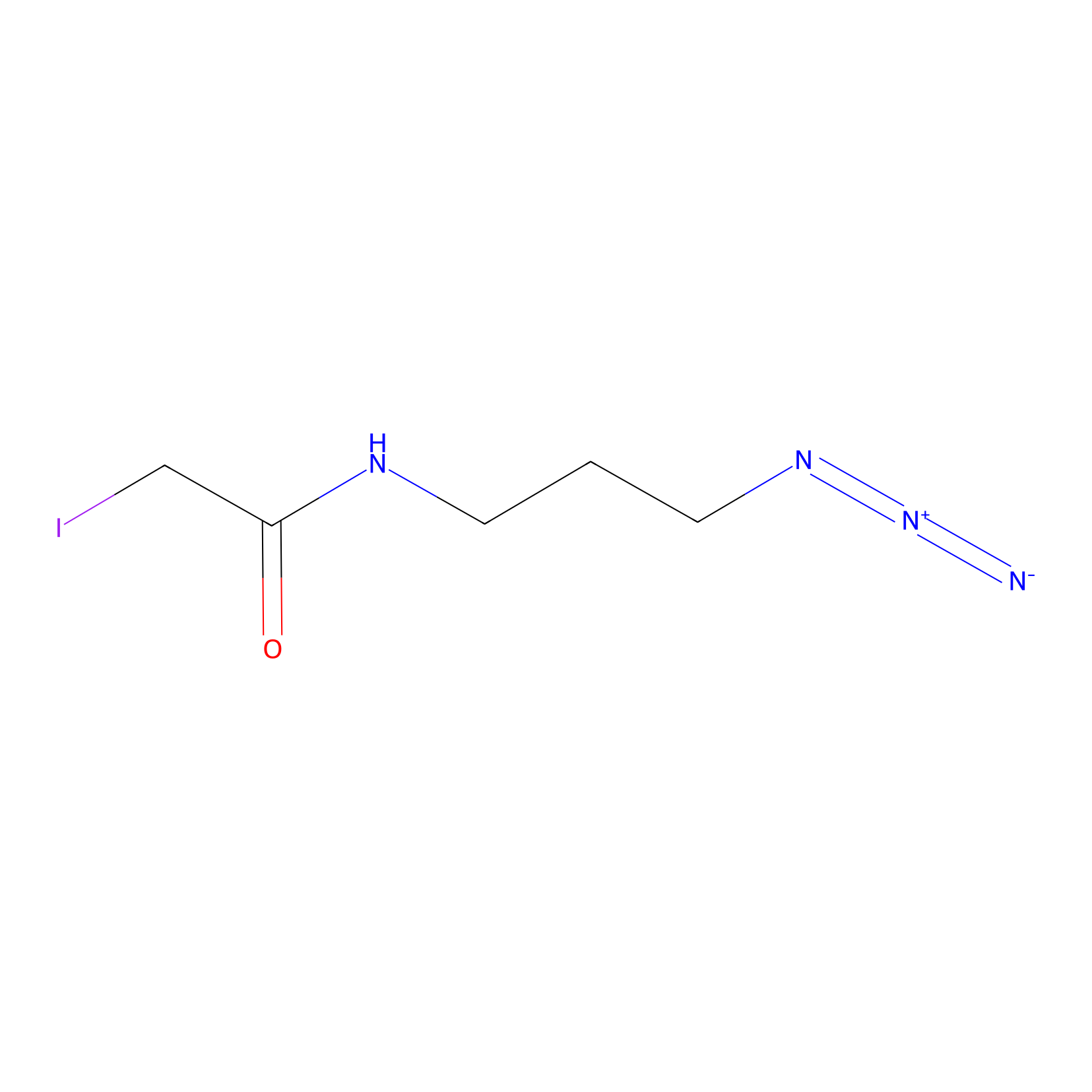 |
N.A. | LDD0037 | [8] | |
|
TFBX Probe Info |
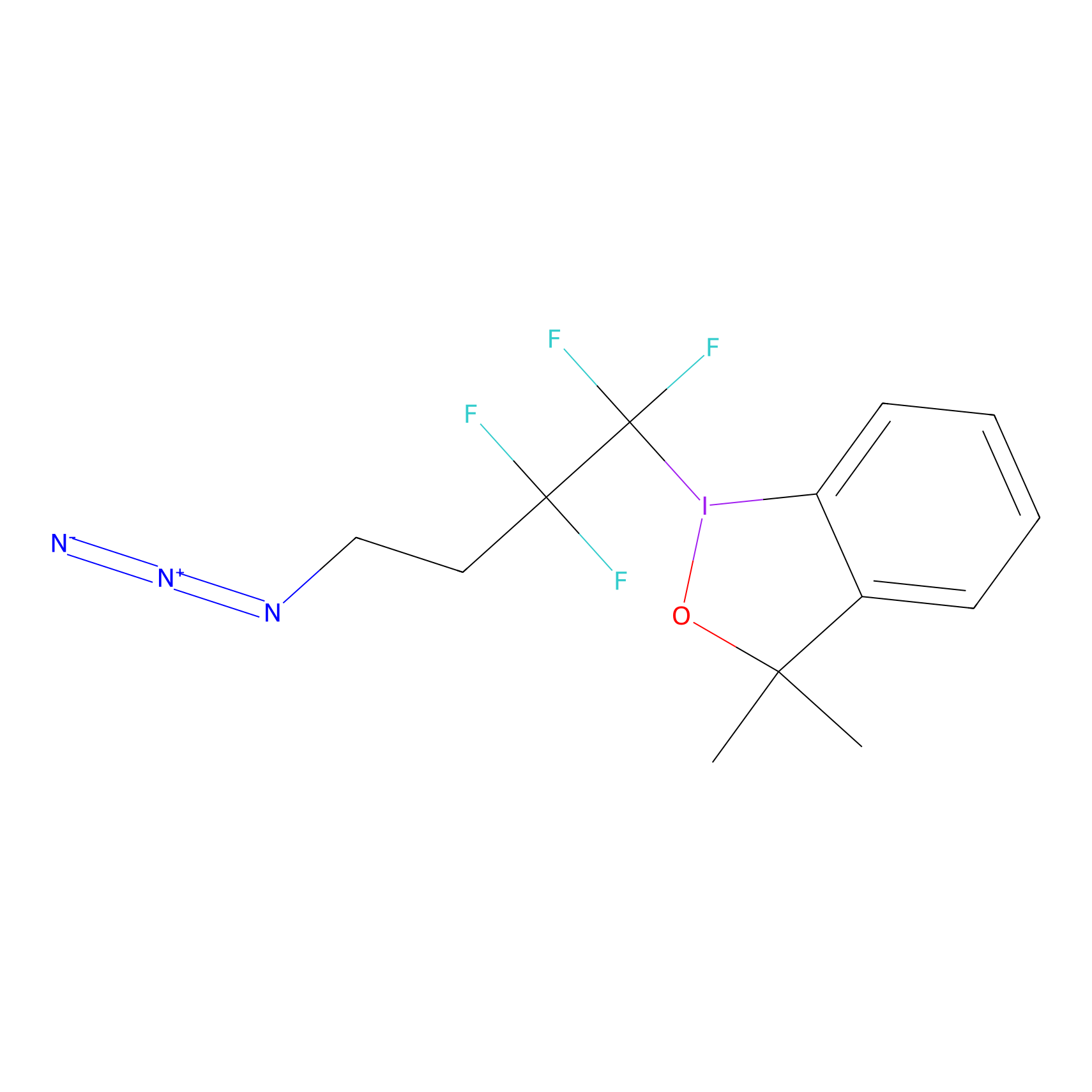 |
N.A. | LDD0148 | [9] | |
|
Acrolein Probe Info |
 |
N.A. | LDD0217 | [10] | |
|
NAIA_5 Probe Info |
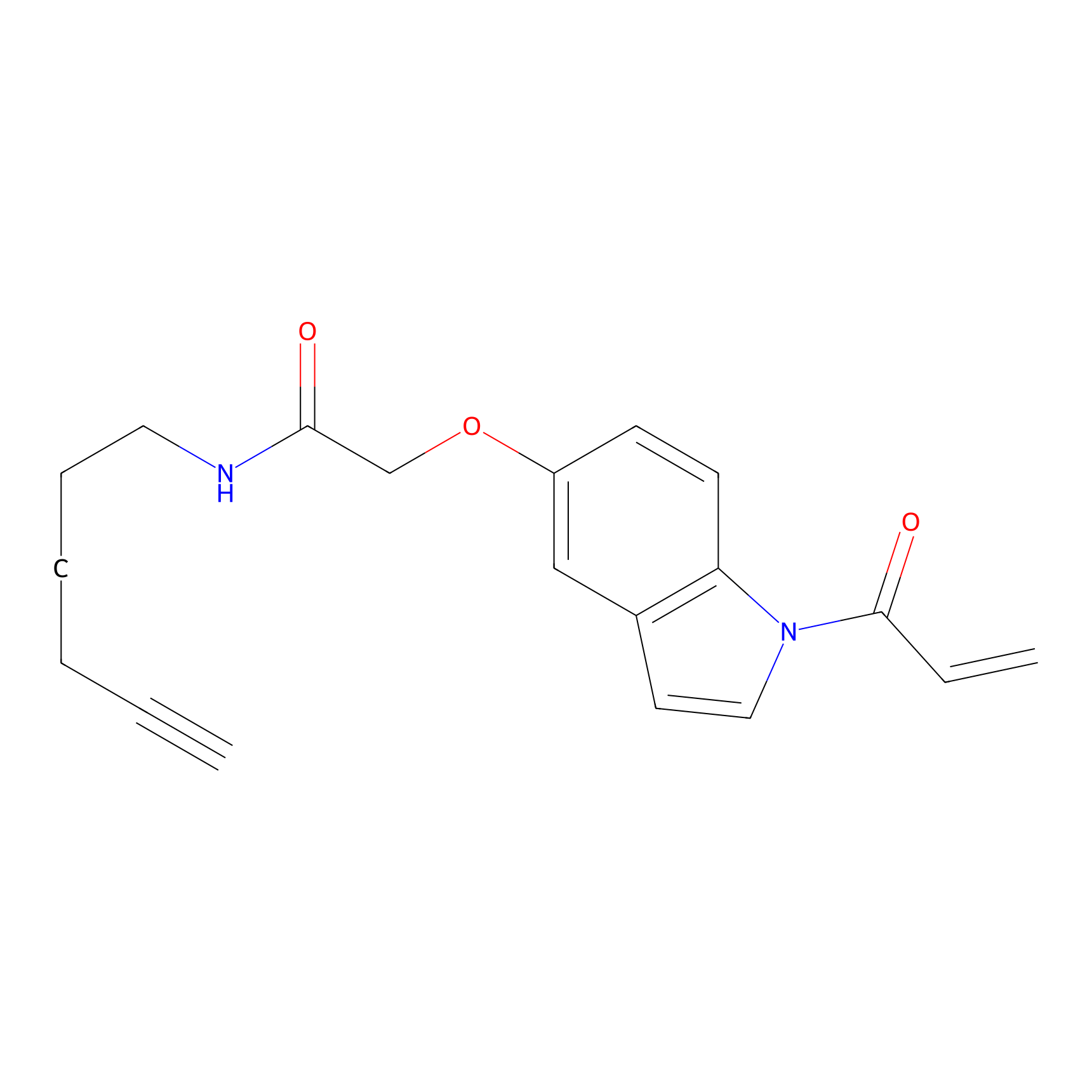 |
N.A. | LDD2223 | [11] | |
Competitor(s) Related to This Target
| Competitor ID | Name | Cell line | Binding Site(Ratio) | Interaction ID | Ref |
|---|---|---|---|---|---|
| LDCM0524 | 2-Cyano-N-(2-morpholin-4-yl-ethyl)-acetamide | MDA-MB-231 | C25(1.65) | LDD2117 | [5] |
| LDCM0108 | Chloroacetamide | HeLa | N.A. | LDD0222 | [10] |
| LDCM0107 | IAA | HeLa | N.A. | LDD0221 | [10] |
| LDCM0109 | NEM | HeLa | N.A. | LDD0223 | [10] |
| LDCM0501 | Nucleophilic fragment 13b | MDA-MB-231 | C25(2.46) | LDD2094 | [5] |
| LDCM0504 | Nucleophilic fragment 15a | MDA-MB-231 | C25(0.95) | LDD2097 | [5] |
| LDCM0508 | Nucleophilic fragment 17a | MDA-MB-231 | C25(0.95) | LDD2101 | [5] |
| LDCM0523 | Nucleophilic fragment 24b | MDA-MB-231 | C25(0.53) | LDD2116 | [5] |
| LDCM0525 | Nucleophilic fragment 25b | MDA-MB-231 | C25(0.70) | LDD2118 | [5] |
| LDCM0530 | Nucleophilic fragment 28a | MDA-MB-231 | C25(0.38) | LDD2123 | [5] |
| LDCM0533 | Nucleophilic fragment 29b | MDA-MB-231 | C25(0.46) | LDD2126 | [5] |
| LDCM0535 | Nucleophilic fragment 30b | MDA-MB-231 | C25(1.02) | LDD2128 | [5] |
| LDCM0540 | Nucleophilic fragment 35 | MDA-MB-231 | C25(0.21) | LDD2133 | [5] |
| LDCM0541 | Nucleophilic fragment 36 | MDA-MB-231 | C25(0.44) | LDD2134 | [5] |
| LDCM0546 | Nucleophilic fragment 40 | MDA-MB-231 | C25(0.71) | LDD2140 | [5] |
| LDCM0547 | Nucleophilic fragment 41 | MDA-MB-231 | C25(0.81) | LDD2141 | [5] |
| LDCM0549 | Nucleophilic fragment 43 | MDA-MB-231 | C25(1.61) | LDD2143 | [5] |
| LDCM0552 | Nucleophilic fragment 6a | MDA-MB-231 | C25(0.55) | LDD2146 | [5] |
| LDCM0553 | Nucleophilic fragment 6b | MDA-MB-231 | C25(8.79) | LDD2147 | [5] |
| LDCM0554 | Nucleophilic fragment 7a | MDA-MB-231 | C25(0.41) | LDD2148 | [5] |
| LDCM0557 | Nucleophilic fragment 8b | MDA-MB-231 | C25(0.63) | LDD2151 | [5] |
The Interaction Atlas With This Target
The Protein(s) Related To This Target
Enzyme
Other
References
